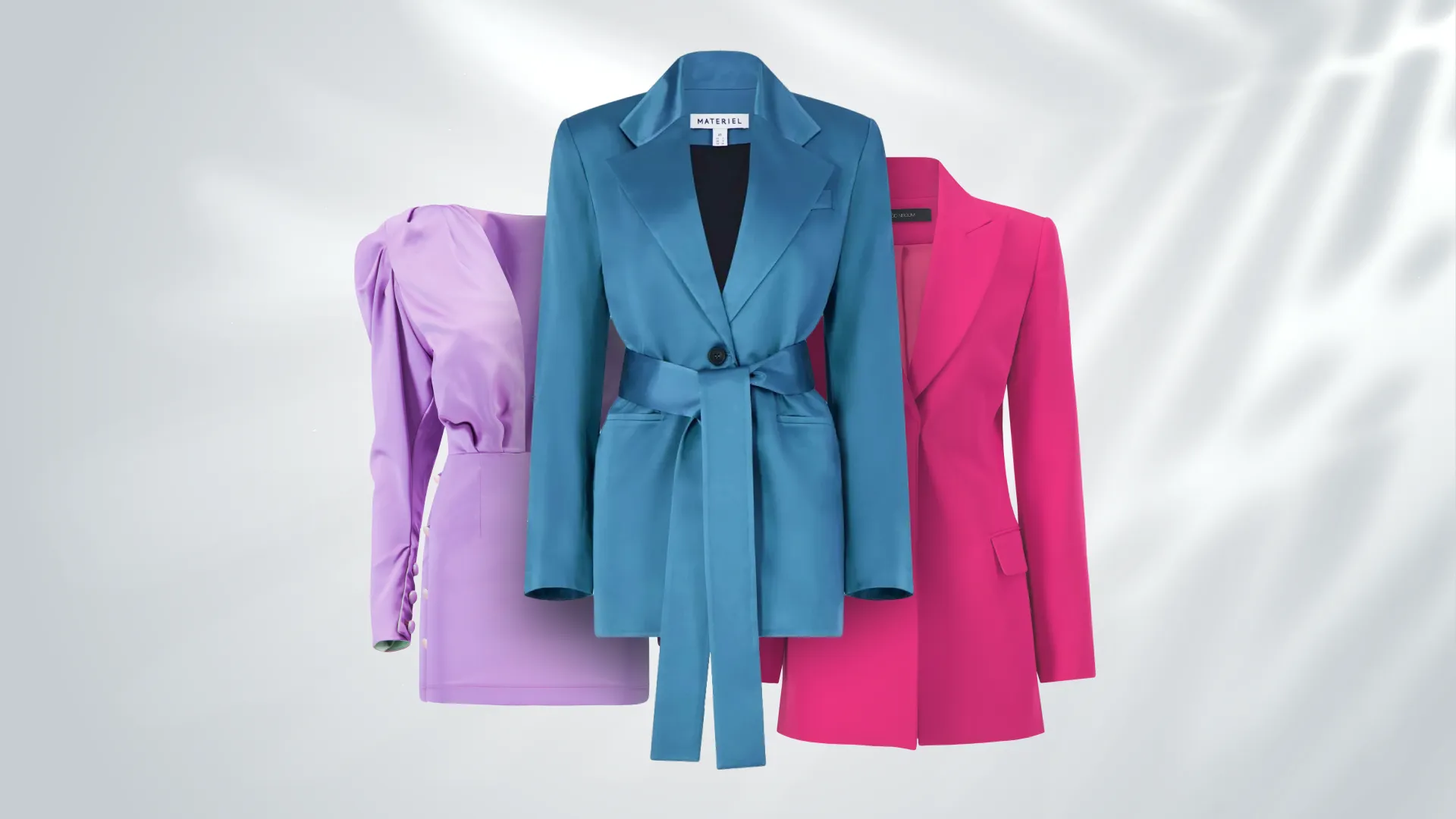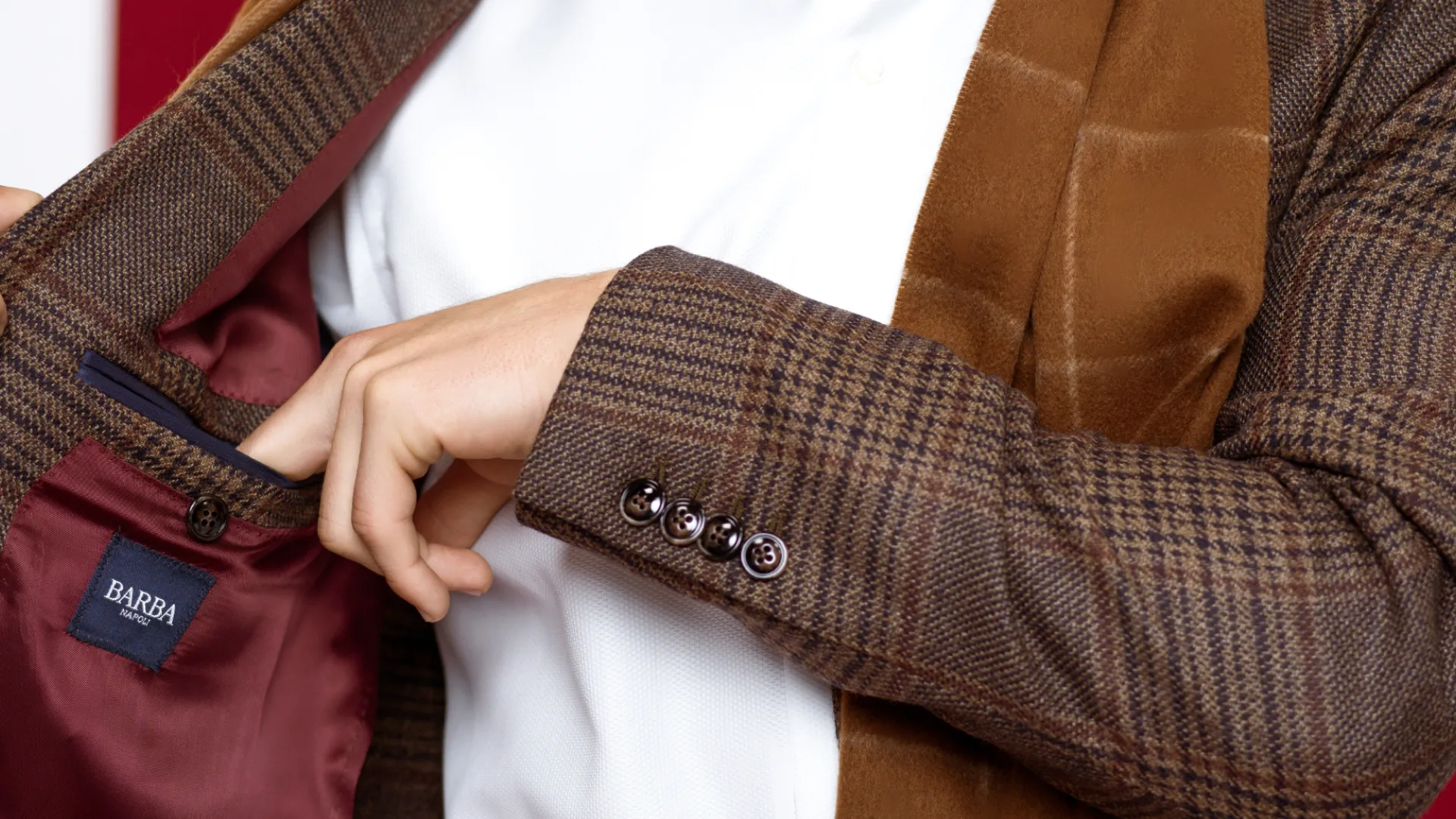The Impact of High-Quality Photography on Your E-commerce Conversion Rates

Online shopping is definitely a trend that won’t go away anytime soon. In fact, it is here to stay, but there’s an issue if you e-commerce: the competition. So, knowing that, it gets clear that your shopping needs to look professional in all possible ways. This is why product photography matters in e-commerce.
Customers can’t touch or try the product, so all they have are the images. If you provide poor quality images, you not only lose a sale, but this customer might never come back. On the other hand, if you show professionalism with clear images, you might end up getting that sale, and building trust with your new client, who may become a customer on other occasions.
Why Product Photography Matters in E-commerce
It’s right there, the very first time that the customer makes contact with your website. What he sees, will set the tone for how they perceive your e-commerce. How images affect online sales is a crucial factor for any online store.
Shoppers are more likely to make a purchase when the product is shown clearly with high quality photos. It’s not just about the product itself, but how it’s presented. Here are some ways the impact of product images can influence a buyer’s decision:
First impressions matter, and this is a rule. This impacts more than just what’s being sold. If a customer can’t trust an image, they won’t trust your whole website. It directly affects your e-commerce conversion rates. To get customers happy and satisfied about what they are buying, good quality photos are a must. It needs to be a priority for every business owner that wants to grow and sell more.
The Psychology Behind High-Quality Images
People actually react to what they see much faster than what they read; it’s just how our brain works. When high-quality product photography is provided, it kind of sends a signal that the product is worth checking out. People don’t just see a photo—they get a feeling from it. A sharp, clear picture makes the product look worth it, like you can trust it. But if the image is fuzzy or looks thrown together, it makes people hesitate. And hesitation almost always means no sale.
There’s this thing called the “halo effect”, where if the picture looks good, people tend to think the product itself is good too, even if they haven’t tried. Plus, color choices and lightning set the mood—say, warm light feels welcoming, while bright light makes things look more professional.
Product photography best practices help fill the gap online shoppers have because they can’t touch or test the product. Good images build trust and lower that hesitation that’s often the biggest hurdle.
Photography and Conversion Rates: What the Data Says
The numbers paint a clear picture when it comes to how to increase conversions with product photos. Around 67% of online shoppers say that the quality of product images is a major factor in their buying decisions. That’s a big chunk, really. The better and clearer your photos look, the higher the chance someone will buy.
Amazon reported noticing this, stating that products with high quality photos converted about 9% better than those without. Just imagine that: a simple switch to sharper, more professional product photography can lead to noticeably more sales. It’s not just having a picture; it’s about having the right picture that truly represents your product and appeals to your customers. Investing in great images really does pay off.
Optimizing Photography for Maximum E-commerce Conversion Rates
It’s not just about having good photos; it’s about making sure they work together to build trust with your customer. Since they can’t touch or try out products online, clear pictures are a must. Here’s what truly counts:
- Soft, even lightning that lets every feature pop. No dark spots messing things up.
- Several angles, close-ups for texture, full shots for context.
- Same style, same background, consistent vibe across your whole site. It makes your store feel reliable.
- Real colors that don’t trick customers but show exactly what they’re buying.
- Photos that load quickly because most shopping now happens on phones.
Photos really matter. They can make the difference between someone buying or just scrolling past. Spending time to get a good shot is never wasted. A great picture doesn’t just show what you’re selling—it gives a little peek into why someone would want it. That’s what gets people interested enough to buy.
Key Elements of High-Quality E-commerce Photography
Good product photos aren’t just about being nice to look at. They need to work hard to build trust—especially online, where your customers can’t touch or try things out first. Shoppers bail quickly if images are blurry, dark, or just plain lifeless. Here’s what really makes a difference in e-commerce photography:
- Lightning matters big time. Soft, even light without harsh shadows lets every detail show up.
- Multiple angles are key. Close-ups highlight textures. Wide shots give the full picture.
- Keep a consistent style across all photos. The same background, lightning, and vibe help your brand feel professional and reliable.
- Color accuracy can make or break it. Customers want to see the product as it really is, no surprises.
When you nail these points, customers feel sure about what they’re buying. Confidence helps them say “yes” faster. Good, clean pictures don’t just look good. They make shopping easier and help you sell more.
Lifestyle vs. Studio Photography: Which Works Better?
It is not easy to decide between lifestyle vs studio product photography. Studio photography is kind of like putting your product under a spotlight—literally. You get this super clean background, like plain white or maybe something neutral, and the lightning’s set up to show every nook and cranny. The idea is to make the product do all the talking. No distractions.
Now, lifestyle photography is more like life. The product is hanging out in a real scene—maybe on someone’s kitchen table or being used in a casual setting. Imagine a coffee mug not just sitting solo but being held while someone’s catching up with a friend. It's about feeling. You want your audience to picture themselves using the product, so this is the way to do it.
But here’s the catch: studio shoots are usually faster and cheaper, since everything’s controlled and predictable. But lifestyle photos can take more prep. Locations, props, sometimes models—and that can bump up the budget and time. Still, the payoff is the connection you build with your customers.
Most smart brands mix them both up. Use studio pics where you need precision, like catalog pages. Do the lifestyle shots on social media or ads to tell a story and get people emotionally hooked.
How Professional Photography Improves User Experience
Having solid product photos for e-commerce really changes the way people shop at your store. When pictures show the product clearly and honestly, customers tend to feel more confident buying. If what they see matches what arrives, surprise returns drop, and reviews get better. Here’s why good photos matter:
- People decide faster. Clear shots help them quickly know if it’s the right fit.
- Less hassle with returns. If customers are happier, fewer returns happen.
- Better photos make shopping smoother. Clear, sharp pictures help people trust what they see.
Trust keeps customers coming back. They also tell friends about the store, which really helps business grow. That mix of good photos and trust builds a solid foundation for lasting success.

DIY Photography vs. Hiring a Professional
Starting out selling online means choosing between shooting your own photos or hiring a pro. Taking your own pics saves more money, and you’re in control. But honestly, it can take a lot of time and patience to get them right. Hiring a pro means better quality for sure, but that’ll cost you more, So, you have to balance what fits your business and your wallet.
When you choose to do it yourself
If you’re on a budget or just beginning, DIY might feel like the easiest way. You get to handle everything—from snapping to editing. The catch is that getting those clean, nice looking photos takes practice and effort, more than most expect at first.
Taking your own photos takes time. You’ve got to set things up, take the shots, then do the editing. No need to pay a photographer, so that saves some money. But product photo editing for online store isn’t easy if you don’t have the right tools or skills.
Hiring a Professional Product Photographer
When your business starts to grow, it might be time to hire a professional photographer. They know exactly how to highlight your products. Hiring a pro saves you time, reduces stress, and gives you much better photos.
Hiring a pro gets you great photos every time. They know how to show your products in the best way. That kind of quality boosts your brand’s reputation, makes customers trust you more, and helps sell more with fewer returns.
Leveraging Photography Across E-commerce Channels
Good product photos aren’t just for your website; they should be used everywhere you’re connecting with customers. Alright, here’s the deal to make your images pop everywhere:
- Website Product Pages: Your photos gotta be sharp, zoomable, and show the product from all angles. You don’t want anyone guessing what they’re buying.
- Social Media & Ads: Bright, bold photos that tell a story—simple. People scroll fast, so make ‘em stop. Resize and format them for each platform.
- Email Marketing Campaigns: Make sure the images load quickly and look clear on all devices.
Image optimization for e-commerce SEO matters as well. Make sure your images aren’t too heavy, so the site runs faster. Throw in some alt text for Google to understand what the pictures show. The goal is to have everything load without lag. Simple and fast wins every time.

Future Trends in E-commerce Photography
One thing that’s really taking off is 360 degree product views. It’s like letting customers pick up the item and turn it around in their hands, without leaving their house. They get to see every angle, every little detail, which cuts down a lot of guesswork.
Then there’s Augmented Reality, which is a whole new level. People can drop a piece of furniture right into their living room on their phone to see if it fits and looks good. No more guessing or imaging. You can see how a shirt or a pair of glasses looks on you without stepping outside.
And then there’s AI, also changing product photos in cool ways. It sharpens images, makes colors pop, and even suggests stuff customers might like based on what they’ve looked at.
Final Thoughts
Good photos help sell. That’s the plain truth. Online, nobody can touch or feel what you’re selling, so pictures have to do the job. A bright, sharp shot gives life to a product, while a lazy one leaves people guessing. And when they guess, they hesitate. Some will leave. The ones who stay are looking for reasons to trust you, and clear images give that trust.
So follow the product photography tips for online stores. Show the edges, the color, the texture. Let people see what’s real. It feels honest. That honesty turns into confidence, and confidence is what makes them click buy. Over time, strong photos don’t just push sales higher. They make your store look reliable, and that reputation keeps customers coming

